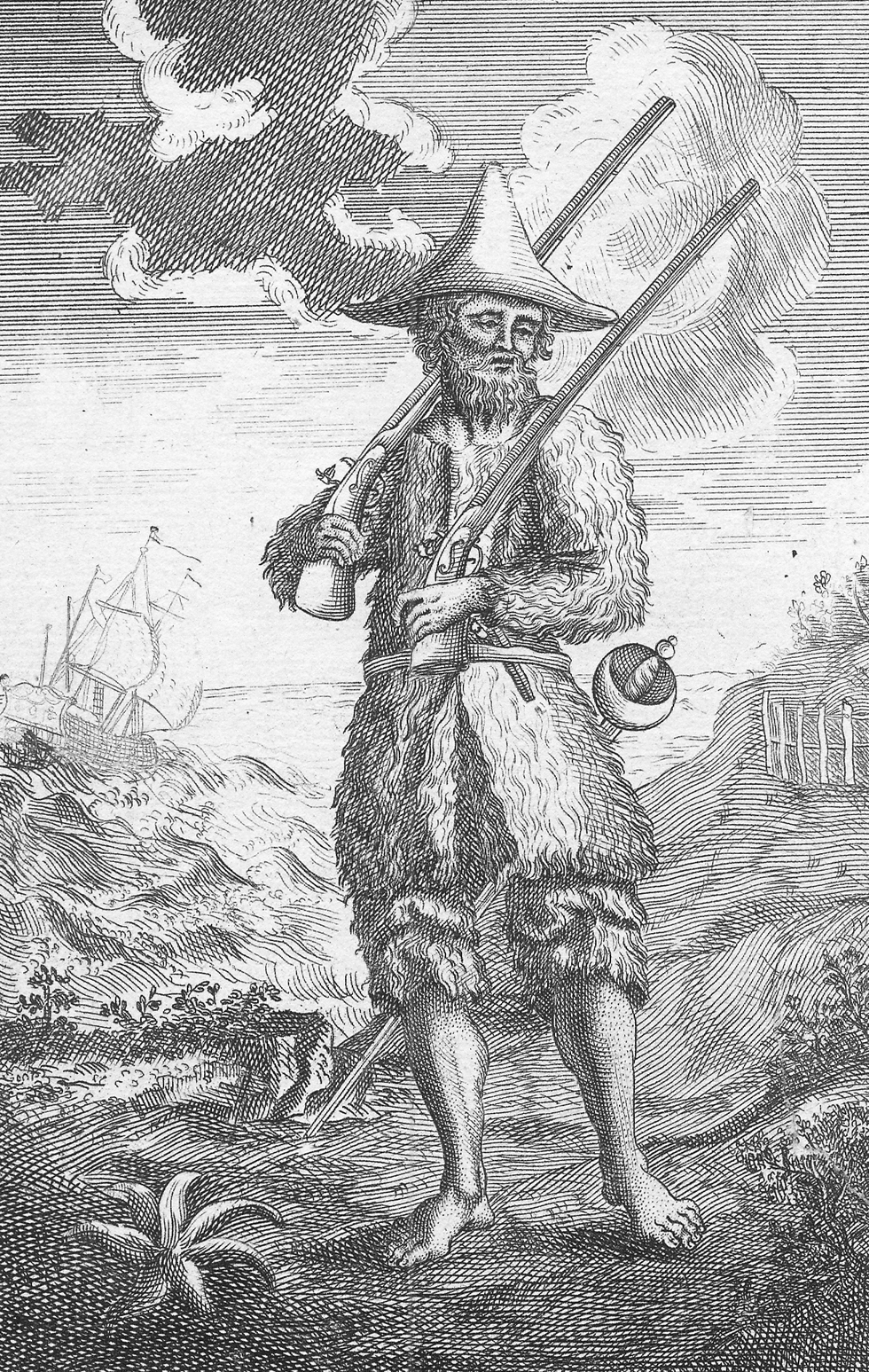

The book starts with the statement about Crusoe's marriage in England. The story is speculated to be partially based on Moscow embassy secretary Adam Brand's journal detailing the embassy's journey from Moscow to Peking from 1693 to 1695.

Although intended to be the last Crusoe tale, the novel is followed by a non-fiction book involving Crusoe by Defoe entitled Serious Reflections During the Life and Surprising Adventures of Robinson Crusoe: With his Vision of the Angelick World (1720). It was published under the considerably longer original title: The Farther Adventures of Robinson Crusoe Being the Second and Last Part of His Life, And of the Strange Surprising Accounts of his Travels Round three Parts of the Globe. Just as in its significantly more popular predecessor, Robinson Crusoe (1719), the first edition credits the work's fictional protagonist Robinson Crusoe as its author. The Farther Adventures of Robinson Crusoe (now more commonly rendered as The Further Adventures of Robinson Crusoe) is a novel by Daniel Defoe, first published in 1719.


 0 kommentar(er)
0 kommentar(er)
